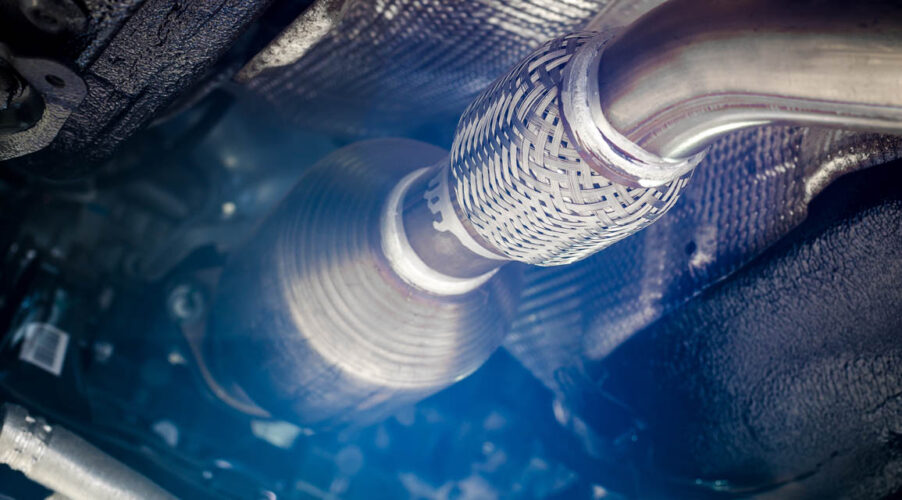In the realm of diesel engines, technological advancements continue to evolve to meet stringent emissions standards while enhancing performance. One such innovation is the Diesel Particulate Filter (DPF). This article serves as your comprehensive guide to DPF filters, unraveling their function, importance, maintenance, and the advantages they offer in modern diesel vehicles and machinery.
Understanding the DPF Filter:
A Diesel Particulate Filter (DPF) is a crucial emissions control device integrated into the exhaust system of diesel-powered vehicles and equipment. Its primary function is to capture and reduce harmful particulate matter (PM) emissions, including soot and ash, generated during the combustion process.
Why DPF Filters are Essential:
- Environmental Compliance: DPF filters play a pivotal role in reducing harmful emissions, ensuring compliance with stringent environmental regulations and mitigating the impact of diesel engines on air quality.
- Improved Fuel Efficiency: By removing soot and other particulates from the exhaust gases, DPFs help optimize fuel efficiency by reducing engine backpressure.
- Engine Performance: Maintaining a clean DPF enhances engine performance, ensuring consistent power output and responsiveness.
- Longer Engine Life: DPFs extend the lifespan of diesel engines by reducing wear and tear on engine components caused by soot particles.
DPF Filter Functionality:
The DPF filter operates through a process known as filtration and regeneration:
Filtration:
As exhaust gases flow through the DPF, particulate matter is trapped within the porous walls of the filter.
Only clean gases are allowed to pass through, while the trapped particles are temporarily stored within the filter.
Regeneration:
To prevent excessive clogging, DPF filters periodically undergo regeneration, where accumulated soot and particles are incinerated.
This process is facilitated by raising the temperature within the DPF to a level at which soot particles oxidize and turn into harmless ash.
Regeneration can be passive (occurring naturally during highway driving) or active (initiated by the engine control unit).
Signs of a Clogged DPF:
- Reduced Fuel Efficiency: A noticeable drop in fuel efficiency can be an early indicator of a clogged DPF as the engine works harder to expel exhaust gases.
- Warning Lights: Many modern diesel vehicles feature onboard diagnostics that illuminate warning lights or display fault codes when the DPF requires attention.
- Loss of Engine Power: A clogged DPF can lead to reduced engine power and responsiveness due to restricted exhaust flow.
DPF Maintenance:
- Proper DPF maintenance is essential to ensure optimal performance and longevity:
- Regular Driving: Frequent highway driving aids passive regeneration, helping to keep the DPF clean.
- Manufacturer’s Recommendations: Follow the manufacturer’s recommended maintenance schedule for your vehicle or equipment.
- Professional Cleaning: In cases of severe clogging, professional DPF cleaning may be necessary to restore the filter to peak performance.
- Replacement: In cases of irreparable damage or excessive wear, DPF replacement may be required.
The DPF Filter is a critical component in modern diesel engines, significantly reducing emissions and enhancing engine performance. Proper maintenance and understanding of your DPF filter are essential for optimal vehicle performance and environmental compliance. By following recommended maintenance practices and addressing issues promptly, you can enjoy the benefits of cleaner emissions, improved fuel efficiency, and prolonged engine life in your diesel-powered vehicles and machinery.

